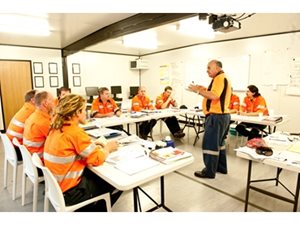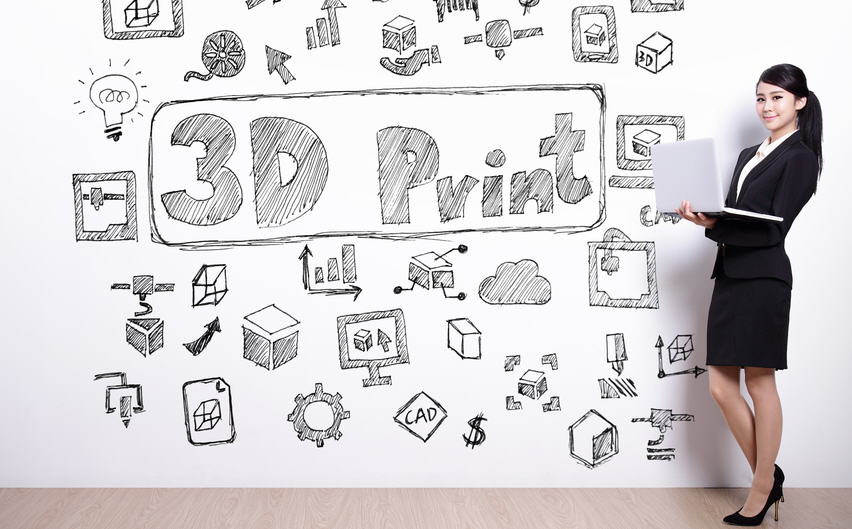
Science, technology, engineering and mathematics – STEM – is an educational stream gathering traction in the so-called smart economies that can no longer manufacture efficiently and which are turning to developing brain power as a national end-product. The logical end result could be that future generations will be able to even more cleverly come up with ways to replace themselves.
Care to guess what is the worlds fastest growing industry? Health care? Biotech? Energy? Nope. According to a recent report, its robotics.
Recent research at the University of Oxford suggests that nearly half of all jobs are at risk from automation. Ironically this research used some advanced machine learning techniques to estimate which professions were most at risk of being automated in the next 20 years. Even the task of estimating which jobs are most at risk is being automated!
In the past, new technologies have tended to create more jobs than they have destroyed. As a consequence, despite populations increasing across the world, most of us still manage to find employment. But its much less certain that this will be true for the information revolution currently underway.
STEM jobs were some of the most future proof jobs identified by the researchers at the University of Oxford. But they weren’t the safest jobs. In fact, some of the activities machines are best at are the kinds of tasks done by people in STEM.
Even so there are good arguments for further strong investment in STEM education. The development of knowledge and learning skills is the best legacy that we can pass on to future generations. STEM provides an understanding of the physical world we inhabit and a good foundation in systems, processes and order.
See full story on electronicsnews.com.au
Image courtesy of electronicsnews.com.au







